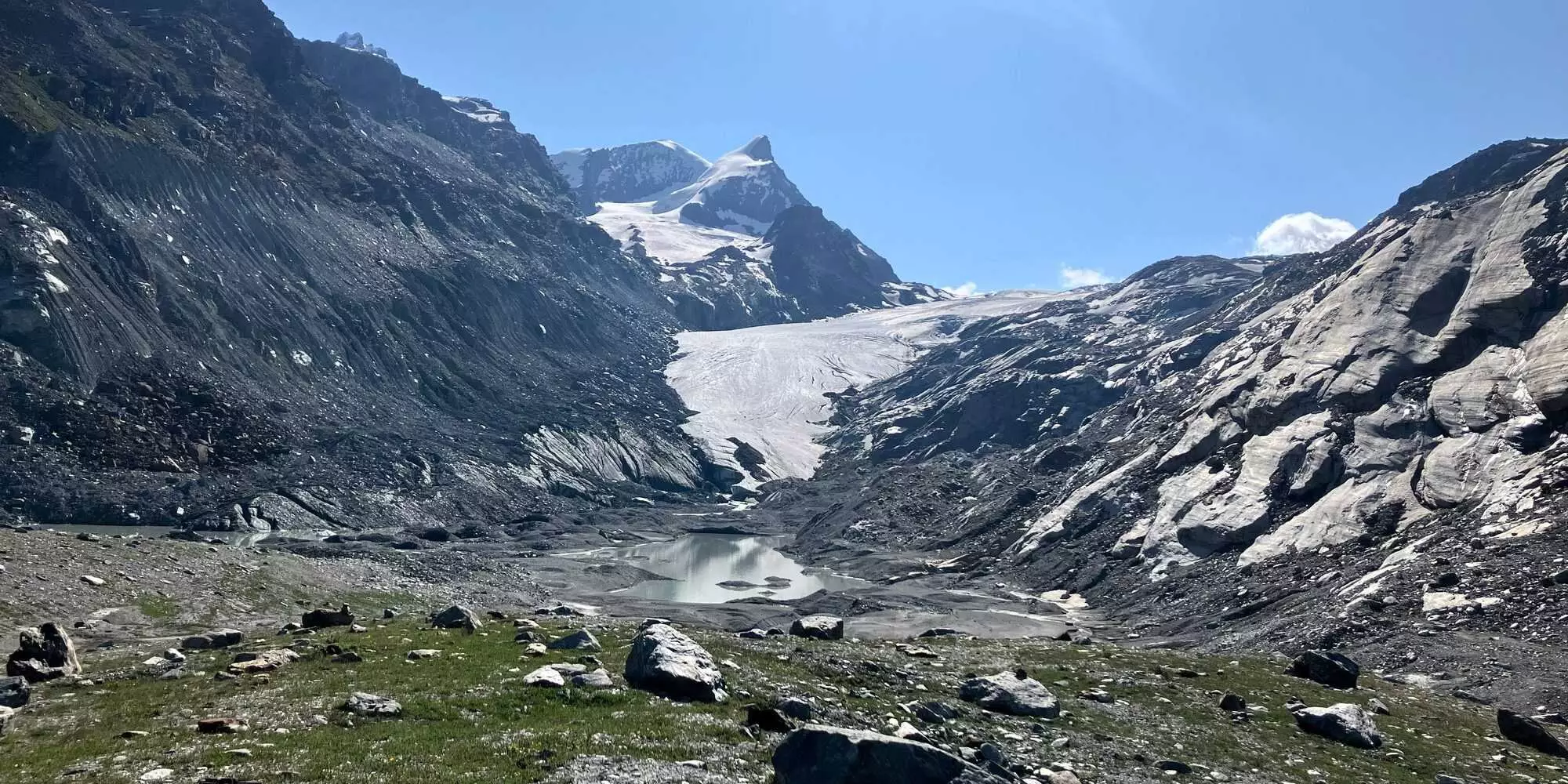Mountains are often celebrated as the world’s vital arteries of freshwater, commonly dubbed the “water towers” of the planet. They capture precipitation in the form of snow and ice, which gradually melts, providing a steady water supply that sustains ecosystems and the billions of humans living downstream. Yet, despite their importance, something vital has been obscured in contemporary hydrological sciences: the intricate dance between the cryosphere—the frozen parts of our environment—and groundwater systems. Recent findings from an international collective of experts in mountain hydrology, published in *Nature Water*, reveal that this oversight may dramatically skew our understanding of water availability in these impactful regions, particularly in light of a warming climate.
Decoding the Meltwater-Groundwater Nexus
The crux of the issue lies in how glacial meltwater transitions between various water systems—whether that water flows directly into rivers or infiltrates deeper layers to replenish groundwater reserves. Marit van Tiel, the lead author of the recent study and a postdoctoral researcher, has articulated a profound concern: there exists significant ambiguity surrounding the partitioning of this meltwater. While the contributions of meltwater to groundwater are potentially substantial, variable estimates hinder our capacity to draw definitive conclusions about their impact on water availability and quality. This lack of clarity is not merely an academic quandary; it has real-world implications for sustainable water management in mountain regions.
The complexities of measuring groundwater in mountainous terrains only exacerbate this problem. Researchers often struggle to obtain direct measurements in remote locations, leading to heavy reliance on site-specific methods that frequently stymie broader comparisons across studies. This can result in skewed perceptions of the role groundwater plays in the overall water balance and cause us to overlook the interconnectedness of surface and subsurface water systems.
The Essential Role of Spatiotemporal Connectivity
Understanding the meltwater-groundwater connection necessitates a keen analysis of spatial and temporal scales. How quickly does meltwater transition to groundwater, and at what specific locations? What are the seasonal variations that impact this dynamic? These questions are pivotal for predicting not only local water levels but also the broader implications for regional ecosystems and human communities. The authors elucidate that insights into when and where meltwater re-emerges as spring discharges or surface flows greatly influence regional water management strategies.
Take, for instance, the potential implications for communities reliant on groundwater wells. If meltwater is primarily infiltrating into deep aquifers that take longer to recharge, water shortages could occur long before river flows visibly diminish. This comprehensive understanding is paramount for not only local communities but also downstream regions that depend on a healthy water supply.
The Call for Integrated Research Approaches
The urgency articulated by these experts cannot be overstated. With climate change accelerating glacier retreat, decreasing snowfalls, and transforming precipitation patterns, the clock is ticking. These effects compound the challenge of ensuring stable water supplies in mountain regions, which are already sensitive to climatic shifts. Thus, the authors advocate for a paradigm that integrates various scientific disciplines—from cryospheric science and hydrogeology to climate modeling and socio-hydrology.
Such interdisciplinary collaboration would be crucial to charting the intricate pathways of water movement and storage in mountainous terrains. An integrated framework could not only elucidate current dynamics but also guide future research and policy-making to bolster our resilience against impending climate challenges.
The mountains, with their mighty and multifaceted water cycles, are at a crossroads. Ignoring the vital link between the cryosphere and groundwater could lead to inadequate strategies for water management in the face of climate-induced transformations. As the debate unfolds, it becomes imperative for researchers, policymakers, and communities alike to recognize and embrace this hidden complexity within the mountain water cycle for a sustainable future. The stakes are indeed high—our reliance on these “water towers” could hinge upon addressing these fundamental questions of connectivity.


Leave a Reply